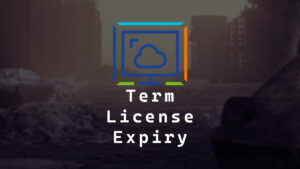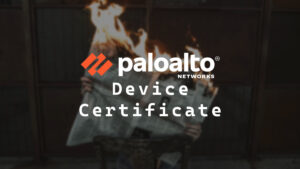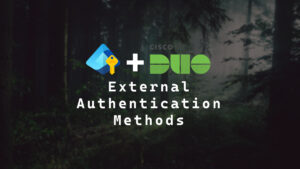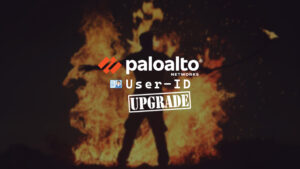
Intune Deploy Company Portal for Windows
The Company Portal application is a wonderful tool for Microsoft Intune. If you come from the world of ConfigMgr (Microsoft Configuration Manager aka SCCM (System Center Configuration Manager)), it is the Intune version of Software Center. Company Portal allows users to install programs you publish on the Company Portal. My favorite part is that the…












